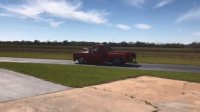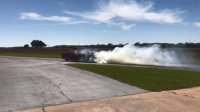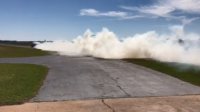49dimes
Damn I'm hungry
I am going to mess with the motor in the morning when I get home and I'm sitting here thinking about it! Am I right in the thinking that a larger prop with more load would cause a rich condition, slower turning not using the fuel as quickly? Or is it the opposite that the engine would go lean not enough fuel to turn the larger mass? I'm not sure why this has me so perplexed...
The engine is going to work harder with a bigger prop. So working harder means more fuel
Also know your engine works harder in warm humid conditions so again more fuel needed.
Just the opposite in cool dry weather.





